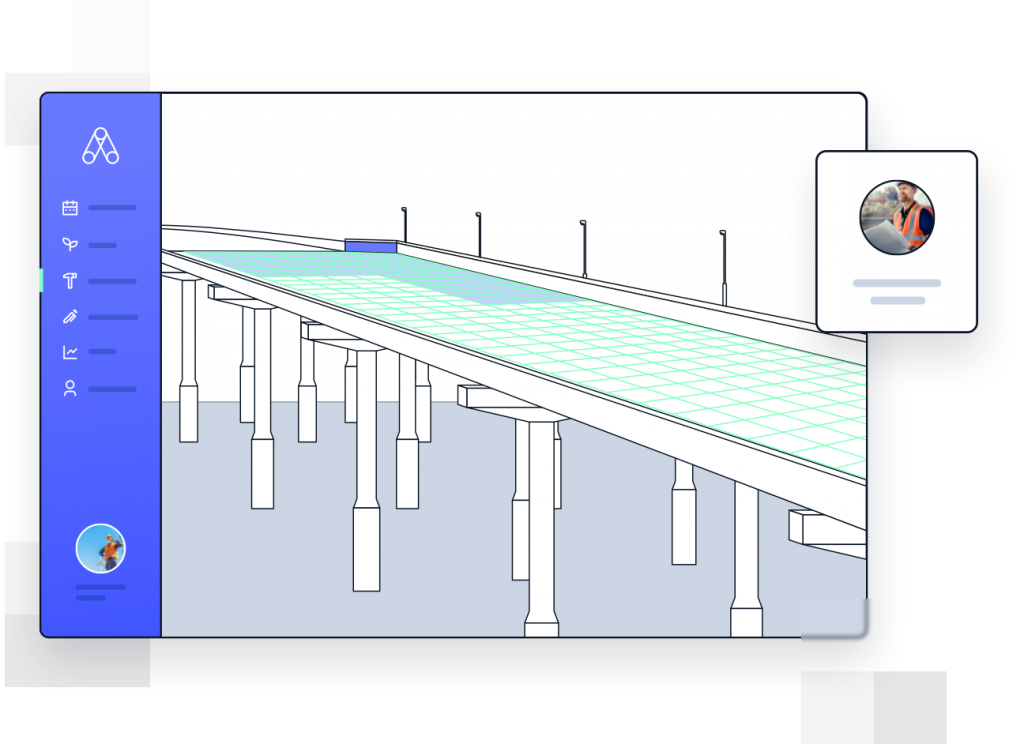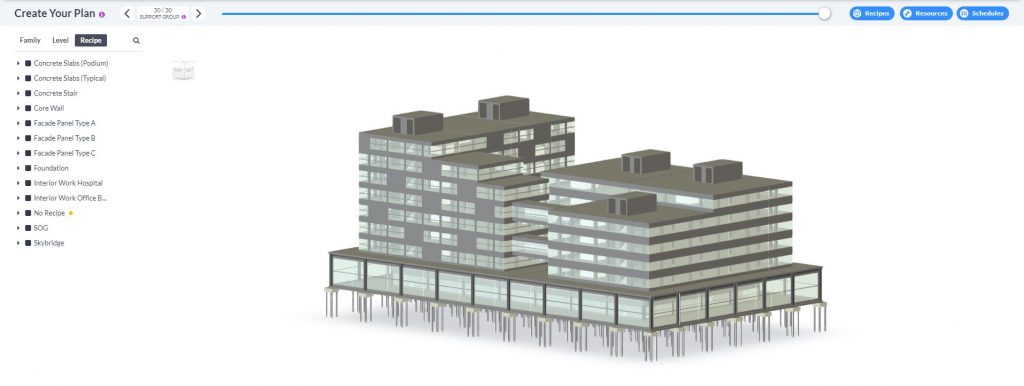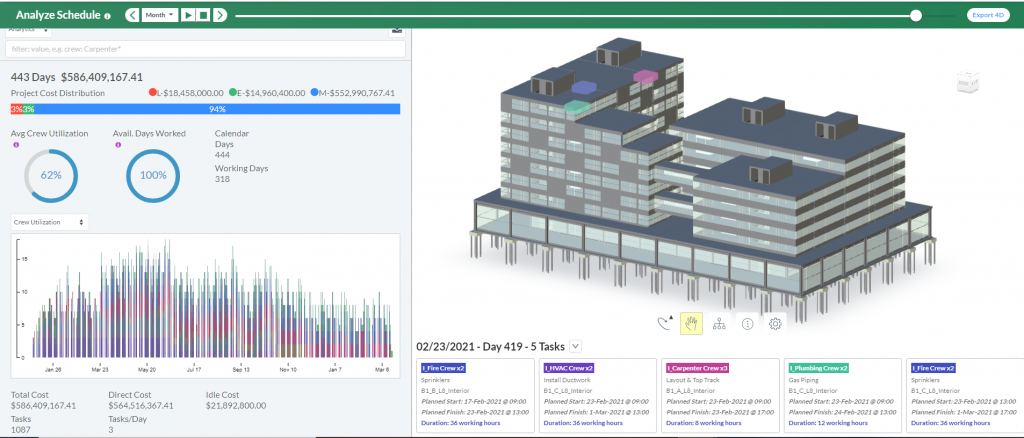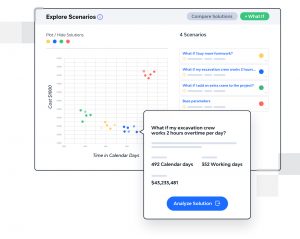Rene Morkos, CEO of ALICE Technologies and an adjunct professor at Stanford University, argues that Artificial Intelligence can contribute to the transformation of the nation’s infrastructure here and now
While much has been written about Artificial Intelligence (AI) and the benefits it can bring to the construction industry, the focus still seems to be on the potential.
But not only is AI here now, it is already saving projects billions of pounds and significant time. At this crucial time for UK infrastructure, achieving savings like this are more important than ever.
The (650) billion-pound question
The UK government recently published its infrastructure plans for the next decade, with an estimated pipeline of £650bn of spending.
This was shared alongside its Transforming Infrastructure Performance: Roadmap to 2030. The roadmap included a specific mention for AI:
“However, there are technical capabilities that are not yet being asked for or applied on government projects. Technology infrastructure and capabilities, from 5G networks to Artificial Intelligence, can increasingly support far greater use of digital solutions… in the delivery and operation of our built environment.”
It’s interesting that 5G and AI are used as the two examples, as both are regularly talked about in the same way (that word potential again). And yes, while connectivity is an important part of modernising construction sites, AI tools can considerably improve project delivery.

Infrastructure-led recovery
Core to the government’s approach is the theory that infrastructure can help it to meet the Levelling Up agenda, bringing additional investment to the areas that need it most. The infrastructure roadmap is the latest statement in this vein and follows the announcement of the £4.8bn Levelling Up Fund earlier in the year.
Delivering large-scale projects is always a challenge, with huge costs, long construction programmes, multiple stakeholders and a finite amount of capacity and resources within the industry.
When these projects go wrong, the impact is significant; Crossrail is famously nearly three years late and £4bn over budget.
For both viability and best taxpayer value, it is essential that the construction sector uses all tools at its disposal to ensure that projects can be delivered on time and on budget. Add in the disruption faced in the industry currently, with significant labour and materials shortages, and it is clear that every bit of help is going to be needed to get anywhere near the volume of projects outlined.

Using AI to test, check and deliver projects
So, how is AI driving better projects? One area is project simulation and optimisation software, like ALICE. Inspired by my time working on construction sites, it was designed to address site inefficiencies relating to space utilisation and project sequencing.
The resulting solution can easily model every possible scenario for a project in minutes, providing the user with a range of options to review before selecting the most appropriate route to take.
Used both pre-construction and as a live management tool during construction, ALICE reduces costs on a project by an average of 11% and build time by 17%.
Users start by uploading a 3D model or logic diagram to the software before adding key pieces of information, such as labour, rates, materials, equipment and construction methodology.
They then build a “recipe” – essentially, a list of tasks to deliver a certain element of the build. This can be ordered and arranged to fit the user’s needs.
When complete, ALICE automatically creates a 4D construction schedule that includes every key milestone for the project, fully resourced – telling you how long it will take, what it will cost and what is needed to deliver it.
Crucially, it provides the time and cost implications of any decision made relating to the project on this milestone basis, for example hiring additional equipment or adding more people to a project. It allows a huge level of flexibility before you get started.

Experience still has its place
This is not one of those instances where AI replaces human experience. Because users set the rules for the project themselves, they can analyse every option that ALICE creates. Because these parameters are set based on the team’s experience and previous track record, the process also provides an opportunity to codify the organisation’s knowledge. This is particularly useful as it creates a structure for training others in the ways that the company works and can help improve consistency across projects.
 All together, it allows for a highly interactive process, where users can test their own assumptions and see the corresponding impacts on project delivery. And, once the project starts on site, ALICE becomes a live tool to monitor progress. If something goes wrong or an issue arises, such as the supply problems mentioned earlier, it is simply a matter of updating the project in ALICE and adding the new constraint data. Because ALICE is parametric, it will then re-sequence the whole project, bringing everything back under control.
All together, it allows for a highly interactive process, where users can test their own assumptions and see the corresponding impacts on project delivery. And, once the project starts on site, ALICE becomes a live tool to monitor progress. If something goes wrong or an issue arises, such as the supply problems mentioned earlier, it is simply a matter of updating the project in ALICE and adding the new constraint data. Because ALICE is parametric, it will then re-sequence the whole project, bringing everything back under control.
When considering major infrastructure projects, the benefits can be measured in millions and years. By leveraging cutting-edge tools and technology such as ALICE, we can both improve the value achieved in projects and provide extra capacity in the sector, which can be used in other ways. In turn, this will allow us to meet the challenge of transforming the nation’s infrastructure and provide the boost that so many areas are looking for.
Rene Morkos
CEO
ALICE Technologies
Tel: 833 254 2383
Twitter: @AliceTech_AI
LinkedIn: ALICE Technologies Inc
YouTube: ALICE Technologies
















